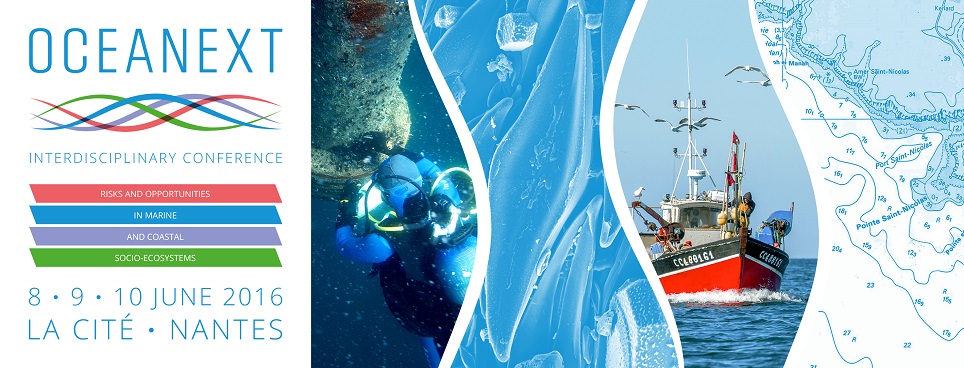Introduction: It has been clearly established that bacterial standards were not predictive of human virus to assess recreational water quality and the sanitary quality of shellfish. Our study investigates DNA and RNA viruses' concentrations in marine samples and evaluates a potential virus marker of human contamination.
Materiel and methods: A total of 72 marine samples were collected between 2006 and 2008 in the Mediterranean coast of Morocco. The water samples were concentrated by glass wool method then analyzed for human infectious enterovirus by integrated cell culture-PCR (ICC/RT-PCR) and by qRT-PCR for other enteric viruses.
Results: Human adenovirus, polyomavirus JC, Norovirus GII and rotavirus A were detected in 63, 57, 43 and 36% of lagoon samples respectively. For Norovirus GI, only 10 % of samples were revealed positive. Human adenovirus was detected in 60% while polyomavirus JC and Norovirus GII were detected in 10% of samples. All samples were negative for hepatitis E virus and hepatitis A virus. The infectious enteroviruses were detected in 40 and 36% of lagoon and seawater samples respectively. Sequencing analyses showed that these infectious enterovirus sequences belong to coxsackievirus B1. Mussels samples were positive for Rotavirus (83%) and none of the Norovirus were detected. Sediments were positive for Rotavirus A (33%) and Norovirus GI/GII (17%).
Conclusion: The results highlight the importance of viral parameters for assessing microbiological quality of recreational beaches and shellfish, as well as the potential risk of waterborne infections.
- Présentation

 PDF version
PDF version

